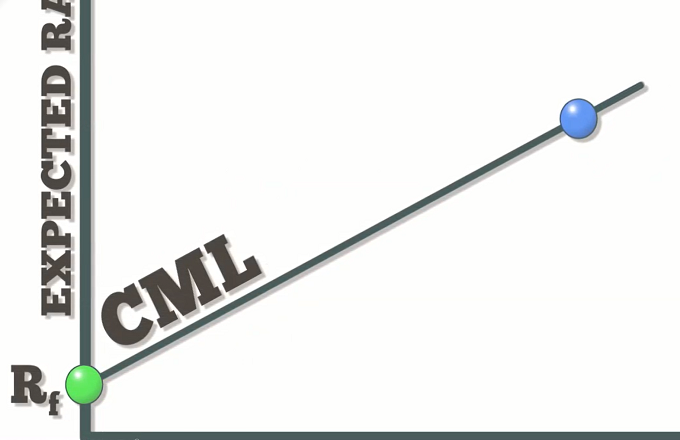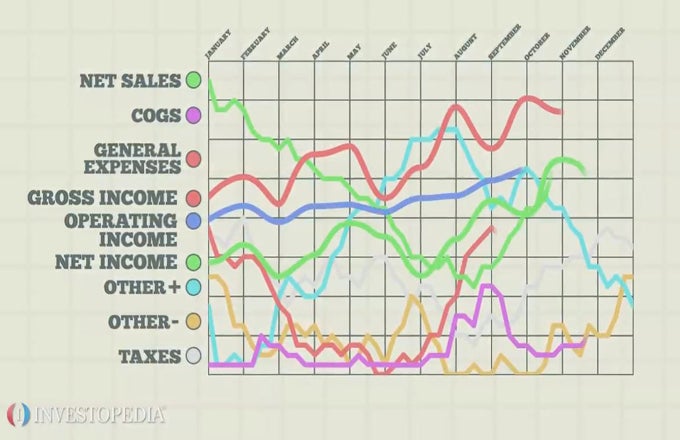The capital adequacy ratio (CAR) is an international standard that measures a bank’s risk of insolvency from excessive losses. Currently, the minimum acceptable ratio is 8%. Maintaining an acceptable CAR protects bank depositors and the financial system as a whole.Expressed as a formula, the CAR equals the sum of the bank’s tier one capital plus tier two capital, divided by its risk-weighted assets. CAR is also known as CRAR (capital to risk assets ratio). A bank’s tier one capital is the ordinary capital of the bank. This capital can absorb bank losses without the bank having to suspend trading. Tier two capital is the bank’s subordinated debt. This is the capital that can absorb losses if the bank has to shut down. Risk weighted assets are calculated by looking at the bank's loans and evaluating their riskiness. Each loan is assigned a percentage number. The higher the percentage, the riskier the loan. A government loan gets a low percentage, often zero. Loans to individuals can go as high as 100%. The risk percentage is multiplied against the loan amount, and then added to the other loan amounts multiplied against their risk percentages. Assume Big Bank has $2 million in tier one capital and $1 million in tier two capital. It also has three loans and their assigned riskiness is as follows: $20,000,000 to Capital City at 10% riskiness $40,000,000 to Giant Conglomerated at 50% riskiness $10,000,000 to Swifty Smith at 100% riskiness To calculate the CAR formula, first add the tier 1 and 2 capital: $2 million tier 1 + $1 million tier 2 = $3 million capital Then calculate the Risk weighted assets: $20,000,000 x 10% = $2,000,000 $40,000,000 x 50% = $20,000,000 $10,000,000 x 100% = $10,000,000 Which combined, equals $32,000,000 So Big Bank's CAR formula is: $3 million / $32,000,000 = Based on the formula, Big Bank’s CAR is 9.375%, just above the 8% threshold.





